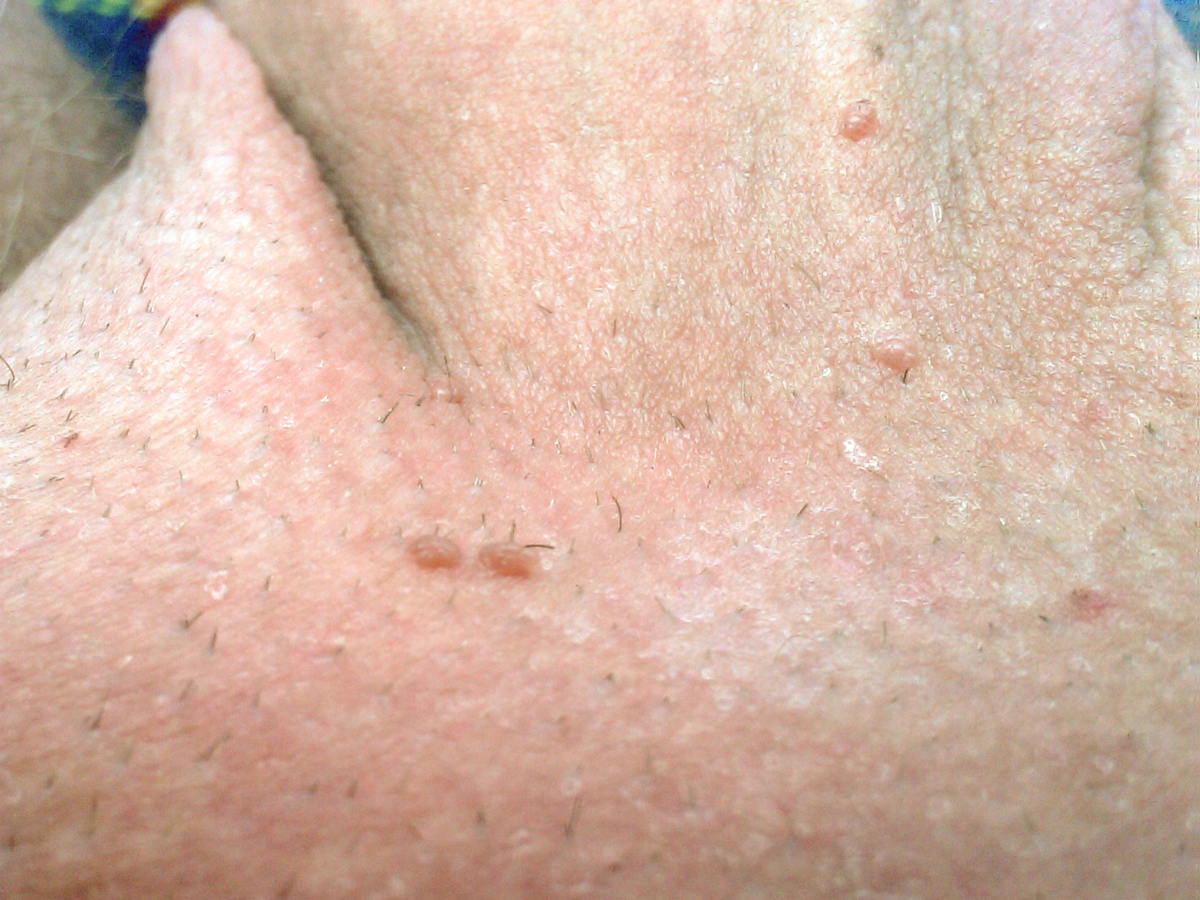
Genital warts are abnormal growths which affect the genital area and the anal area. They can affect both genders. These skin formations develop due to infection caused by specific types of human papilloma virus. Genital warts are common in people between the ages of 17 and 33. They are contagious and the virus can be easily transmitted and cause a disease in previously healthy individual.
Symptoms of Genital Warts
The symptoms and signs of genital warts basically develop 2-3 months after exposure to the virus.
Genital warts are usually in a form of abnormal fleshy growths which are localized in genital or anal area. These benign growths can be also in a form of painless bumps. The skin changes may fuse together and form a cauliflower shaped lesions which are red or pink in color. Some people have to deal with only a few growths while others face large number of growths which may affect large portion of the genital and anal area.
In women genital warts predominantly form in the vagina or on the vulva. In men, these benign growths are found on the penis, in the urethra and on rectal or scrotal area.
The affected area possesses certain characteristics. Namely, it may be painful and the changes may bleed during intercourse. Furthermore, the affected area is of high dampness and moisture. The growths can be itchy and cause discomfort. And finally, some patients complain about burning sensation.
How to Get Rid of Genital Warts?
There are several treatment modalities for genital warts. Application of podofilox 0.5% solution or gel is only one treatment option for these unsightly lesions. Podofilox is applied with the assistance of a cotton swab directly to genital warts. The doctor recommends for how long the solution should be applied and how many times a day application is supposed to be performed. This option is suitable for small genital warts which do not exceed 10 cm2. One more topical solution for genital warts is imiquimod 5% cream. If one treatment modality fails the doctor may recommend another alternative.
Patients can be also treated with more invasive procedures. Surgical removal of genital warts includes tangential scissor excision, tangential shave excision, curettage or electrosurgery. Alternative regimes for genital warts include intralesional application of interferon and laser surgery. Unfortunately recurrence of genital warts after surgical removal is rather high. The best results are achieved if there are not many genital warts and if they cover only small portions of genital or anal area.



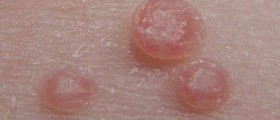
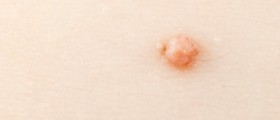

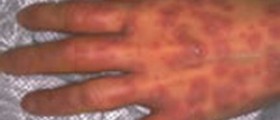
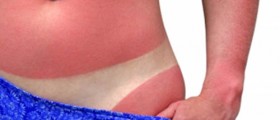
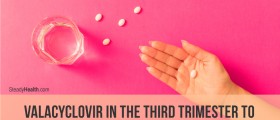


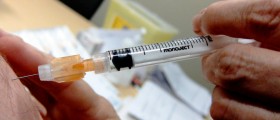

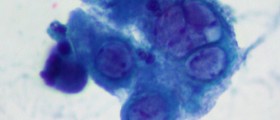



Your thoughts on this
Loading...